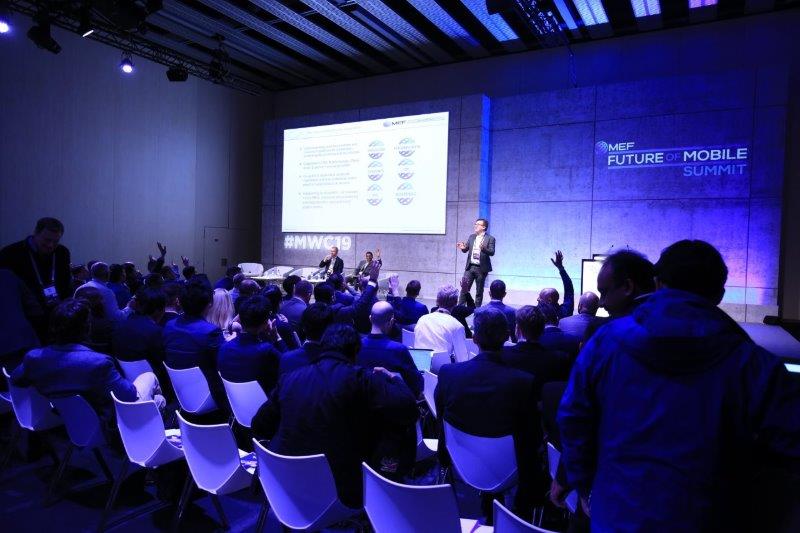Discover the state of the anti-fraud world in the MEF Anti-Fraud Yearbook 2025. In 2025, fraudsters escalated their attacks, using new AI tools to create personalized scams. However, MEF members and regulators fought back, winning many battles but also losing some, as scammers are relentless and adaptive.
The mobile phone has become the channel of choice for fraudsters, given its direct, personal, and ubiquitous nature. This has contributed to fraud becoming a massive “industry,” with the Global Anti-Scam Alliance estimating that criminals siphoned away over $1.03 trillion in the past year. This figure is a staggering amount, rivaling the GDP of some nations.
The mobile fraud threat is a mix of established and new scams. AI tools are a major driver for the newer forms of fraud, making it easier to automate crimes and impersonate legitimate actors. This has led to an explosion of new scams like deep fakes and Frankenstein fraud. Other new threats not dependent on AI include OTT bypass fraud and authorized push payment (APP) fraud.
The MEF Anti-Fraud Yearbook 2025 provides a comprehensive look at how industry stakeholders and regulators are tackling this ongoing problem. You will find information on new regulations from countries like Italy, Ireland, and Spain, as well as actions taken by major mobile platform providers like Google and Apple. The report also details the many new defence tools and initiatives from MEF members, including new firewalls, fraud detection systems, and data-sharing registries.
Get the full picture on the fight against mobile fraud by downloading the MEF Anti-Fraud Yearbook 2025.

Key Takeaways
- Fraudsters are increasingly using new AI tools, such as large language models, to create more convincing and targeted scams. This has led to an increase in new types of fraud like deepfakes and Frankenstein fraud.
- The global financial cost of cybercrime is projected to be $15.63 trillion by 2028, with over $1.03 trillion siphoned away by criminals in the past year alone, a figure that rivals the GDP of some nations.
- Mobile phones are the channel of choice for fraudsters because they are personal, direct, and ubiquitous. Established threats include smishing, SIM swap, and various ad/click frauds, while emerging threats include OTT bypass fraud and APP fraud.
- Regulators worldwide are introducing new rules to bolster safeguards, such as Italy’s action on telemarketing and Spain’s new anti-spam regulations. In the US, the FCC issued an order to reduce robocalls.
- MEF’s anti-fraud ecosystem is actively fighting back, with initiatives like the SMS SenderID Protection Registry and collaboration with regulators. Members are also developing new solutions such as fraud detection tools and data-sharing registries.
- With fraudsters attacking one-time passcodes (OTPs), many businesses are moving to alternative authentication methods. Alternatives include silent authentication, number intelligence, and flash calling.

